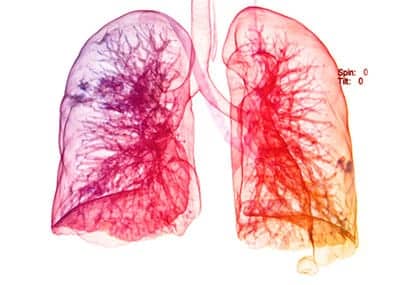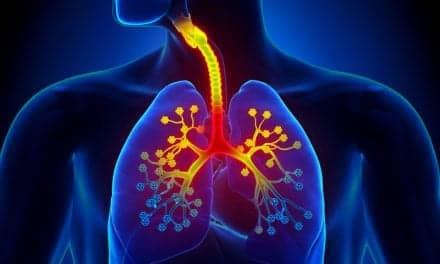Scientists have taken an important step toward a new class of antibiotics aimed at stopping lung infections. They found that a protein found in large airways, called “SPLUNC1,” binds to lipids critical to defending against bacterial and viral infections, as well as keeping lung tissue flexible and hydrated. This discovery moves SPLUNC1 closer toward becoming a viable therapy and was reported in the December 2014 issue of The FASEB Journal (Federation of American Societies for Experimental Biology).
To make this discovery, Zhang and colleagues overexpressed and crystallized the SPLUNC1 protein. The three dimensional molecular structure of SPLUNC1 was then determined using x-ray crystallography. Next, its structure was compared to existing structures of a similar antibacterial protein (homolog), called the “bactericidal/permeability-increasing protein” or BPI.
The researchers found a dramatic surface charge difference between SPLUNC1 and BPI, suggesting that SPLUNC1 and BPI have different lipid ligands. Finally, a lipid ligand, dipalmitoyl-phosphatidylcholine, or DPPC, was found to bind specifically to SPLUNC1. And DPPD is the surfactant that our lungs use to keep airways open. This sheds new light on the way SPLUNC1 functions in the human airway and the structural information uncovered allows for a better understanding of its properties and potential.
“By shedding light on the mechanisms and interactions between various elements of pulmonary surfactant, our findings represent significant headway toward developing novel treatments for a variety of pulmonary diseases,” said Gongyi Zhang, Ph.D., a researcher involved in the work from the Department of Biomedical Research at National Jewish Health in Denver, Colorado. “We anticipate that our study will bring us closer to transforming SPLUNC1 into a promising therapeutic option to help asthma and COPD patients clear bacterial and viral infections from the airway.”
Source: Federation of American Societies for Experimental Biology










